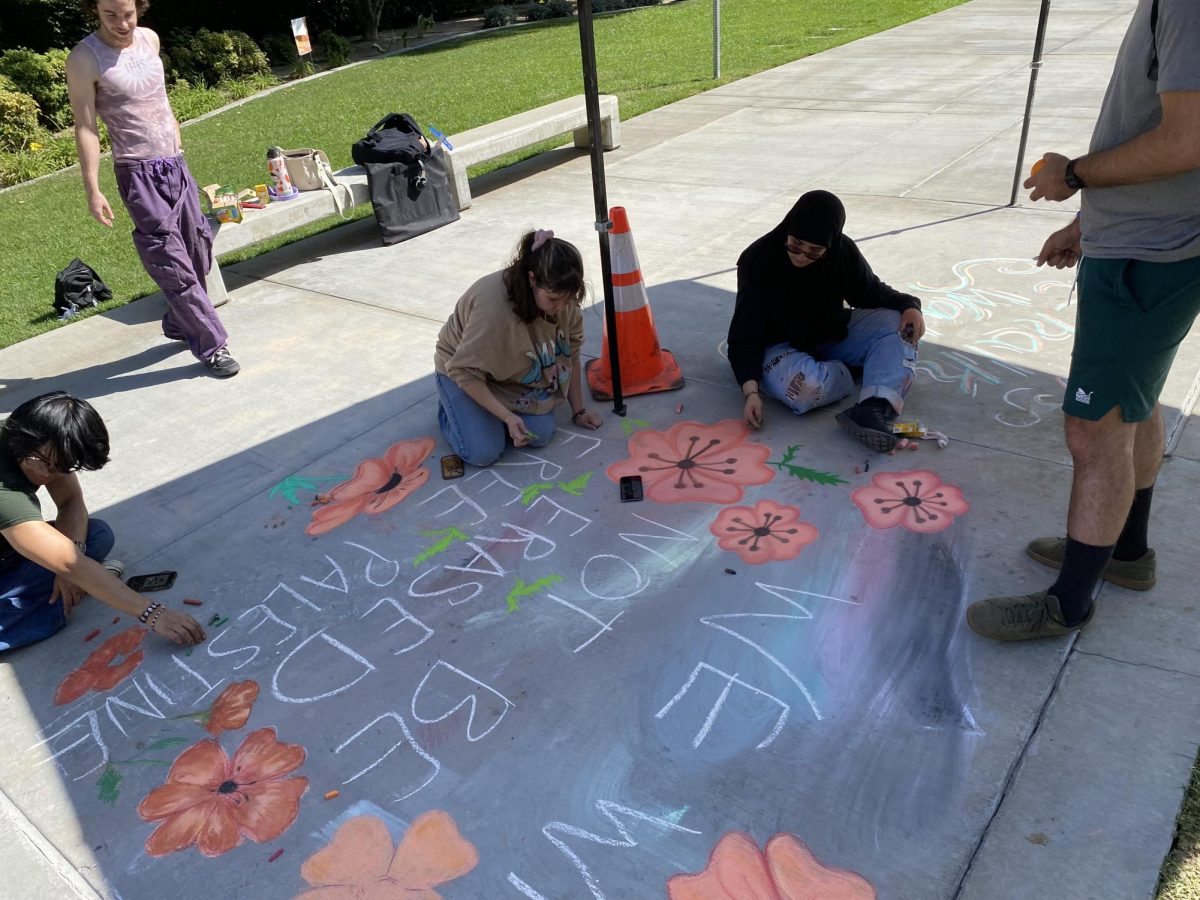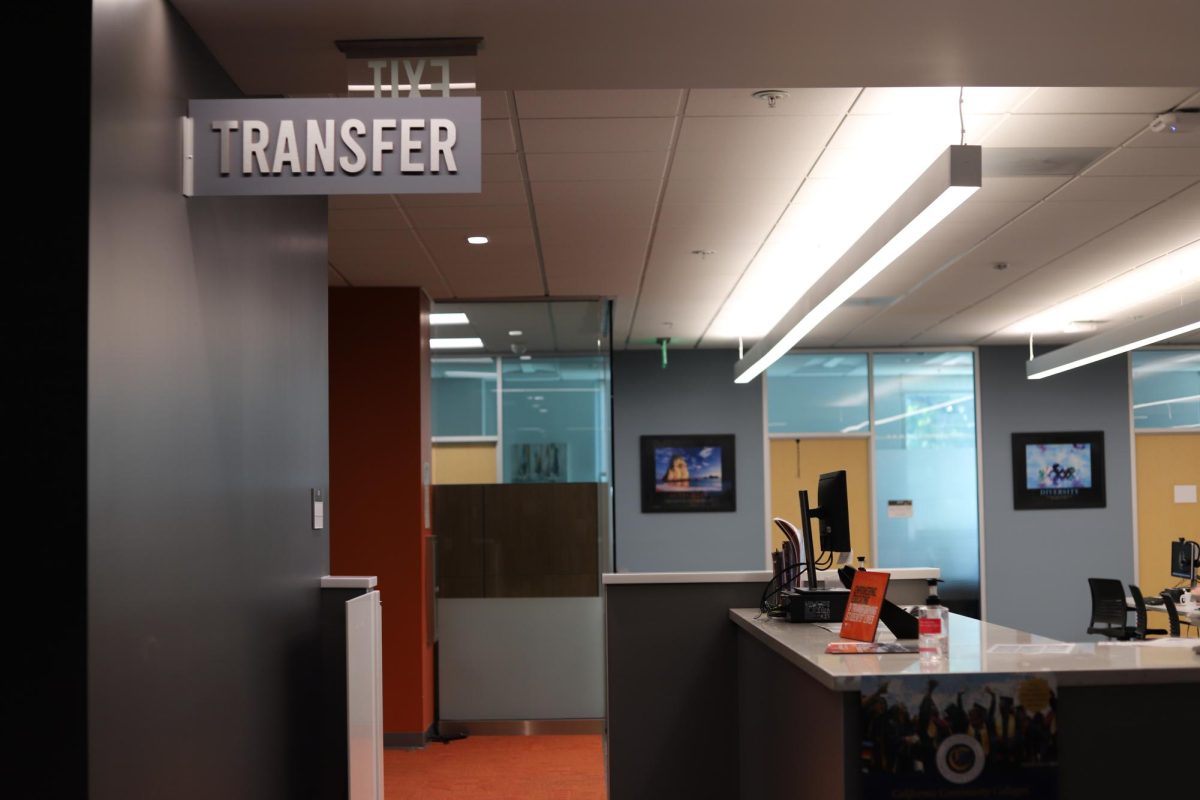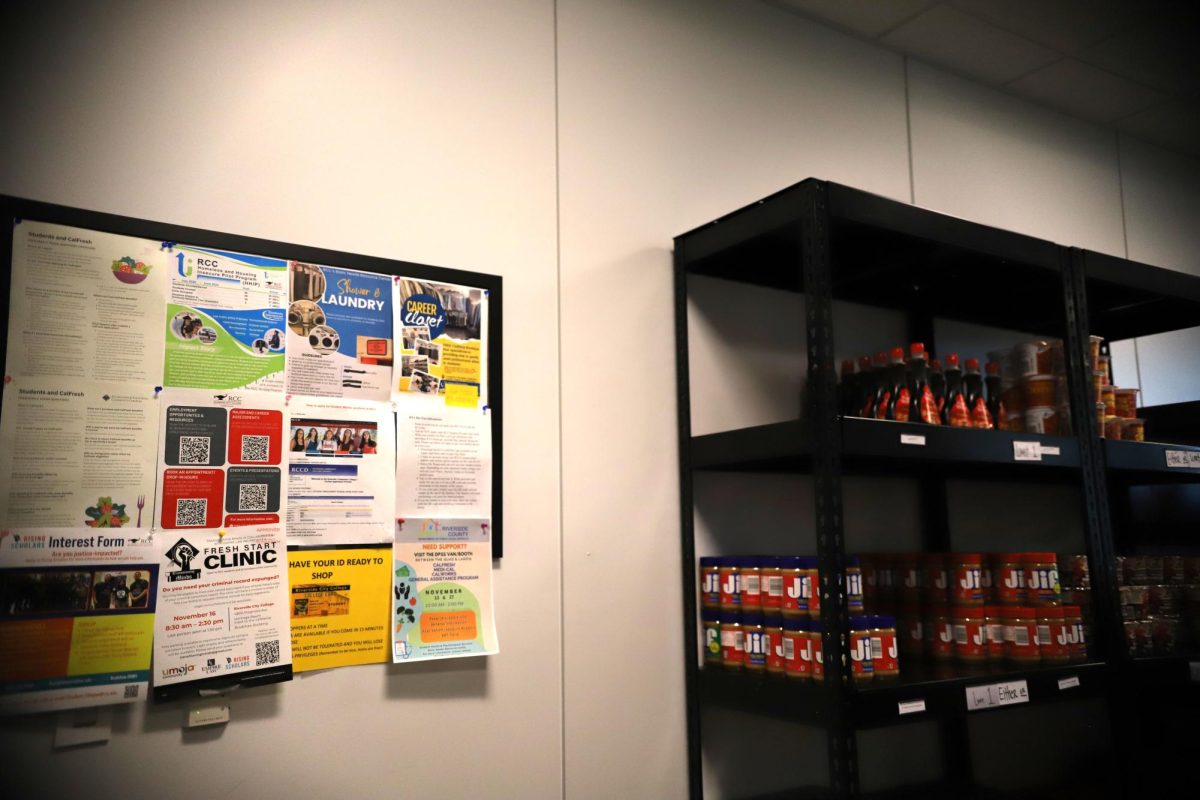AALIYAH NOBLE-FREENY | STAFF WRITER
In 2011 the U.S. Supreme Court ordered California to reduce its inmate population by 33,000 people by the end of the year.
While lawmakers frantically try to create solutions, communities such as Riverside are adjusting to its new early released inmate population.
The mandate to reduce the California prison population led to an alignment program ordering non-serious, non-violent and non-sexual offenders to county jails instead of state prisons.
Realignment affected Riverside County differently because it filled its jails to capacity after releasing roughly 7,000 inmates in 2012.
“Jails are more like mini prisons now, and that was never how they were set up or intended to be,” said Riverside County Sheriff Stanley Sniff.
Prison overcrowding has the U.S. Supreme Court dealing with the strain of realignment and has thus seen an influx of cruel and unusual punishment cases from inmates.
Their at torneys remain unwilling to consider Gov. Jerry Brown’s appeal of the order to reduce the prison population by another 9,600 by the end of 2013.
This action only leaves the Governor with one more chance to appeal to a lower court before he is held in contempt of the court and left to take immediate actions that could possibly pose as a threat to public safety.
In the meant ime, Gov. Jerry Brown is planning for his worst-case scenario (influx of early-released inmates into communities) by signing a bill that allows the state to spend $315 million per fiscal year to house inmates in county jails and private prisons.
According to The Associated Press, Negotiations have already been made between Gov. Jerry Brown and Corrections Corp of America to lease space in a detention center in California City, Tennessee that will hold inmates.
The state’s urgent need for relocation of such a great number of inmates has aided in the creation of programs to help in the transition, recidivism and realignment of our inmate population.
County supervisors approved a proposal from the Sheriff’s Office to supply county inmates for its fire camp program and early release programs have also drastically changed as a result of the Supreme Court order.
Inmate Fire Camp program participants played a vital role in the last fires near campus in the Santa Ana River Regional Park area.
According to California Penal Code Section 4024.2, qualified inmates may opt to work in lieu of completing lengthy sentences and approved labor must meet the following criteria: Manual labor to improve streets, levees, parks, schools, non profit work, graffiti clean up, rubbish abatement, house repairs, yard services for seniors.
Riverside Students had mixed feelings about knowing that non-violent, non-serious and non-sexual offenders would be reintroduced into the community.
“I know many ex-offenders who are now positive contributors to the community and their families, they just made the wrong choice and ended up with a harsh penalty during a time when drug laws were harsher than the crimes being committed,” said Coquist Porter,
a Riverside City College student.
“I believe everybody deserves a fair second chance to do the right thing.” I n addition to working manual labor, inmates will be able to substitute an eight hour day of approved instruction or training for a day served in prison.
“Our community is not prepared to deal with early release inmates, nor does it have the budget to put more money into rehabilitation programs,” said Julian Campos, an RCC student. “More beds need to be added to jails and until then more inmates need to go out of state.”
Gov. Jerry Brown is trying to do everything in his power to appeal to a lower court in order to get more time to release the inmates.
In the interest of human rights brought on by an onslaught of civil rights cases claiming cruel and unusual punishment, the courts are not negotiating this mandate.
“Because of the shortage of treatment beds, suicidal inmates may be held for prolonged periods in telephone-booth sized cages without toilets,” reported a psychiatric expert observing an inmate who had been held in such a cage for nearly 24 hours, standing in a pool of his own urine, unresponsive and nearly catatonic.
Prison officials explained they had “no place to put him.” Community members, lawmakers, public and private entities must now work together to create solutions for our state penal system and our inmate population.
People are urged to stay involved in the judicial process by writing their Governor.







The Gritz • Nov 25, 2013 at 4:55 pm
Reblogged this on thegritz.